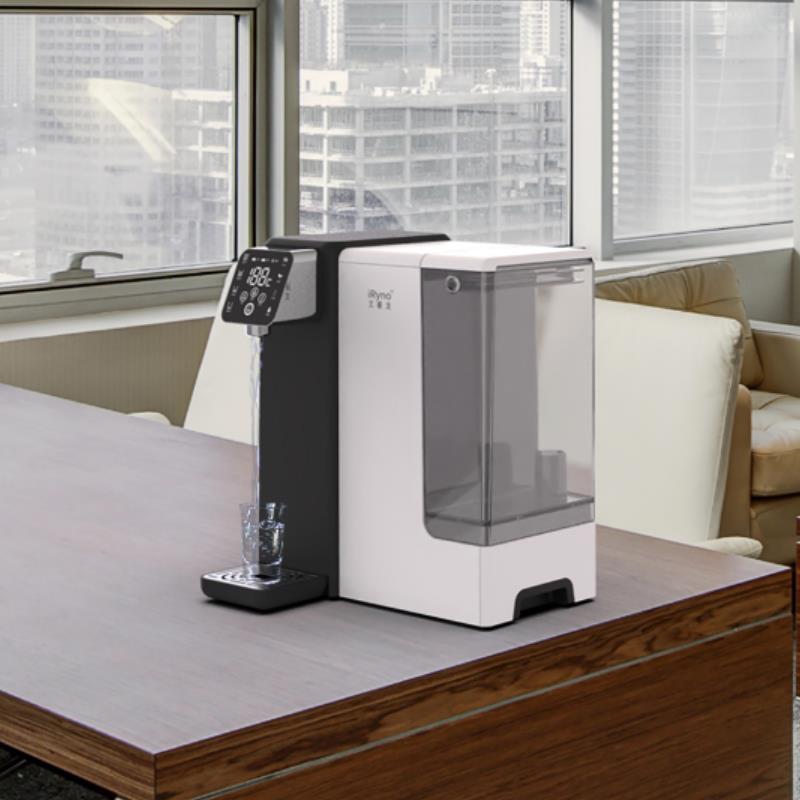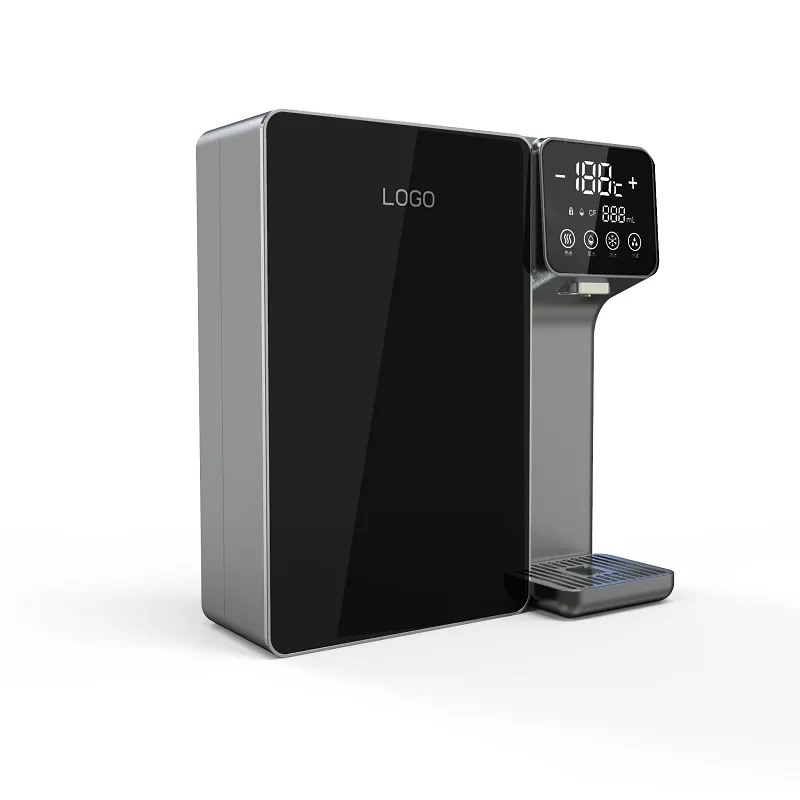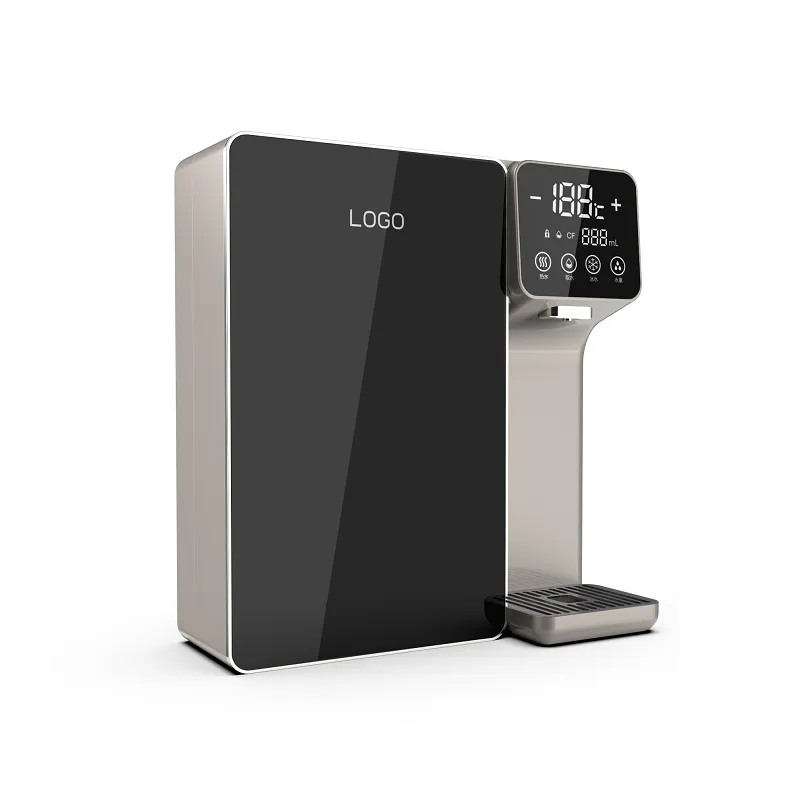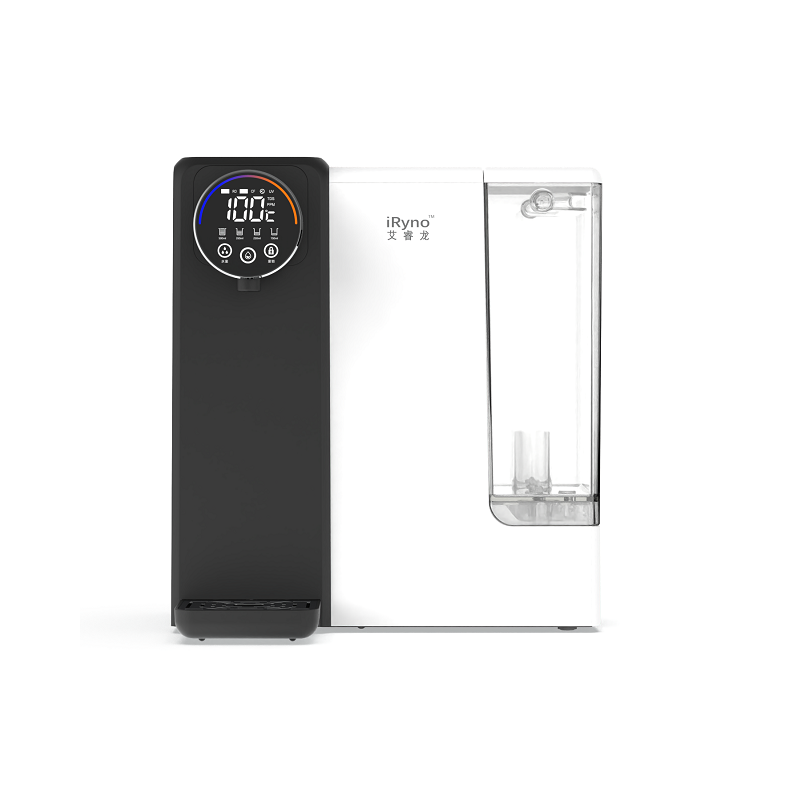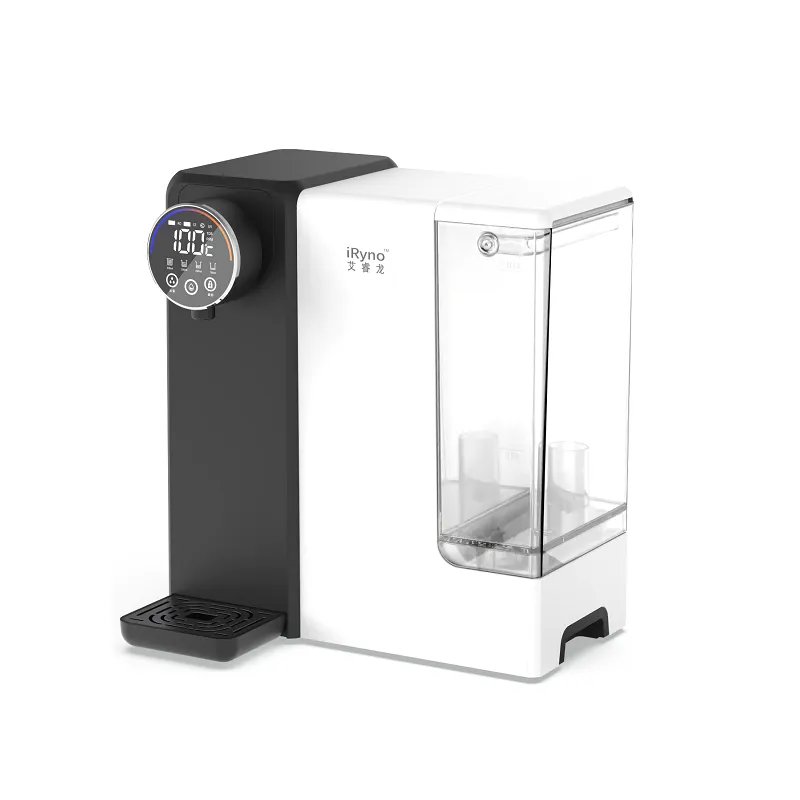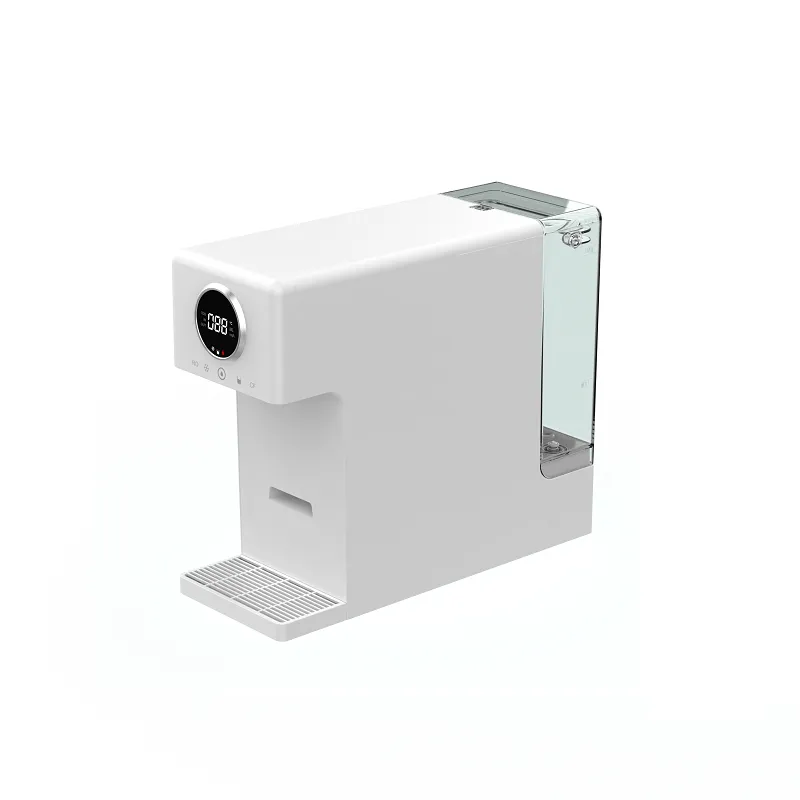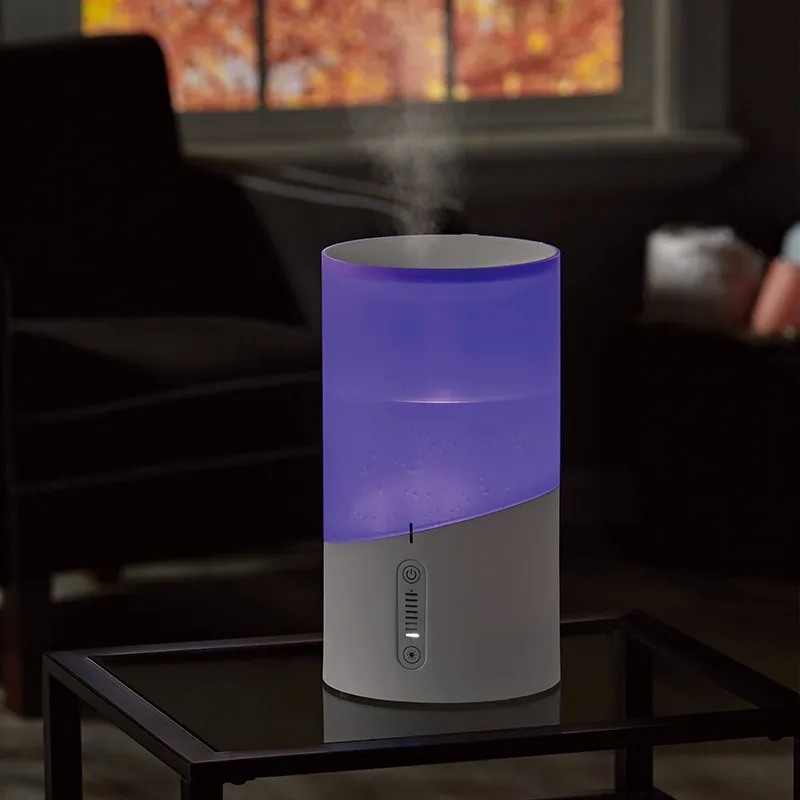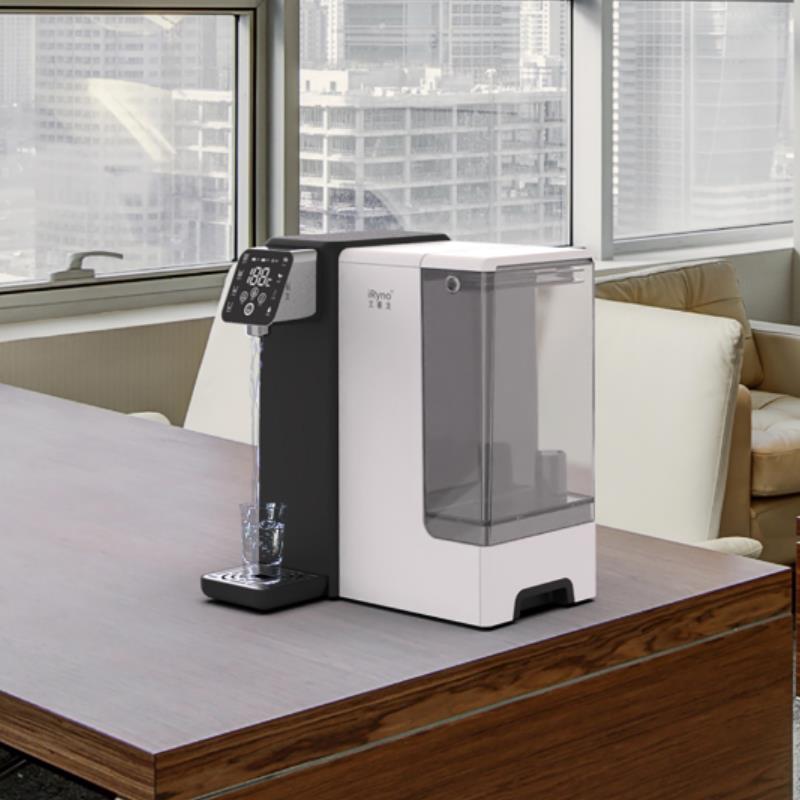illustrate_
Is your water safe to drink? Research continues to delve deeper into toxins, hormones, microplastics, cancer-linked pollutants, known carcinogens and other toxins found in tap, filtered, and even bottled water, which often contain arsenic, lead, Micro-pollutants such as chromium and drug residues. Our reverse osmosis water filtration systems are certified to effectively remove such contaminants.
1. It can remove 99.1% of lead, 97.2% of chromium, 95.2% of copper, 93.5% of fluoride, 96.4% of radium, 96.6% of chlorine and other toxins.
2. No plumbing or installation required – takes just minutes to set up. Simply plug in, fill the tank and press a button to dispense cleaner water on demand.
3. Why waste money throwing bottled water into landfill? 1 set of filters can replace about 4500 plastic water bottles, no need to worry about the trouble and cost of buying bottled water.
4. Perfect appearance and functional design, can be placed on the kitchen countertop, bathroom, bedside table, office or anywhere you need cleaner, tastier water.
5. The system is equipped with a quick change twist and seal filter with a service life of 6 months to 2 years.
活性炭过滤器
Activated carbon is made of woody raw materials/coal/coconut shell/nut shell through carbonization, activation, crushing, cleaning and other processes. It is a type of microcrystalline carbon with a black appearance, developed internal pore structure, large surface area, and strong adsorption capacity. Material. It is a commonly used adsorbent, catalyst or catalyst carrier, widely used in almost all national economic sectors and people’s daily life.
Types of Activated Carbon
1) Coconut shell activated carbon
Activated carbon made from coconut shells and activated by water vapor.
Features: High strength, strong adsorption capacity, no pollution, especially suitable for drinking water treatment.
2) Shell activated carbon
Activated carbon made from walnut shells, apricot core shells, etc.
Features Low iodine adsorption value, light specific gravity, poor strength, cheap price, high heavy metal content.
3) Wooden activated carbon
Activated charcoal made from sawdust, wood, etc. Generally suitable for decolorization in pharmaceutical, chemical and food industries.
4) Coal-based activated carbon
Activated carbon made from lignite, bituminous coal, anthracite, etc. Well-developed mesopores, high ash content, low cost, high sulfur, arsenic and other elements.
Activated carbon adsorption principle
Activated carbon is a porous carbon material. It has the characteristics of developed pores, large specific surface area, and strong adsorption capacity.
Large pores>50nm
Mesopore 2-50nm
Micropore<2.0nm
Expanding the inner hole wall of 1 gram of activated carbon can reach 1500㎡/g, which is equivalent to the area of three standard basketball courts.
The role of activated carbon
Activated carbon can remove smell and taste, color, residual chloride, colloid, organic matter (synthetic detergents, pesticides, herbs, insecticides, synthetic dyes, trihalomethanes, haloacetic acids, endocrine disruptors such as phthal ic acid) Ester PAES, etc.), so It is widely used in domestic water treatment systems.
Activated carbon is used for pre-treatment, that is, the pre-activated carbon filter mainly absorbs residual chloride and organic matter in water, especially residual chlorine, to protect the RO membrane and prevent it from being oxidized, and is generally located in the second stage of the system;
Activated carbon is used for post-treatment, that is, the post-installed activated carbon filter is mainly used to further absorb organic matter and adjust the taste of water. Usually in the final stage. The activated carbon filter after the installation will also add antibacterial ingredients, such as silver ions or iodine.

